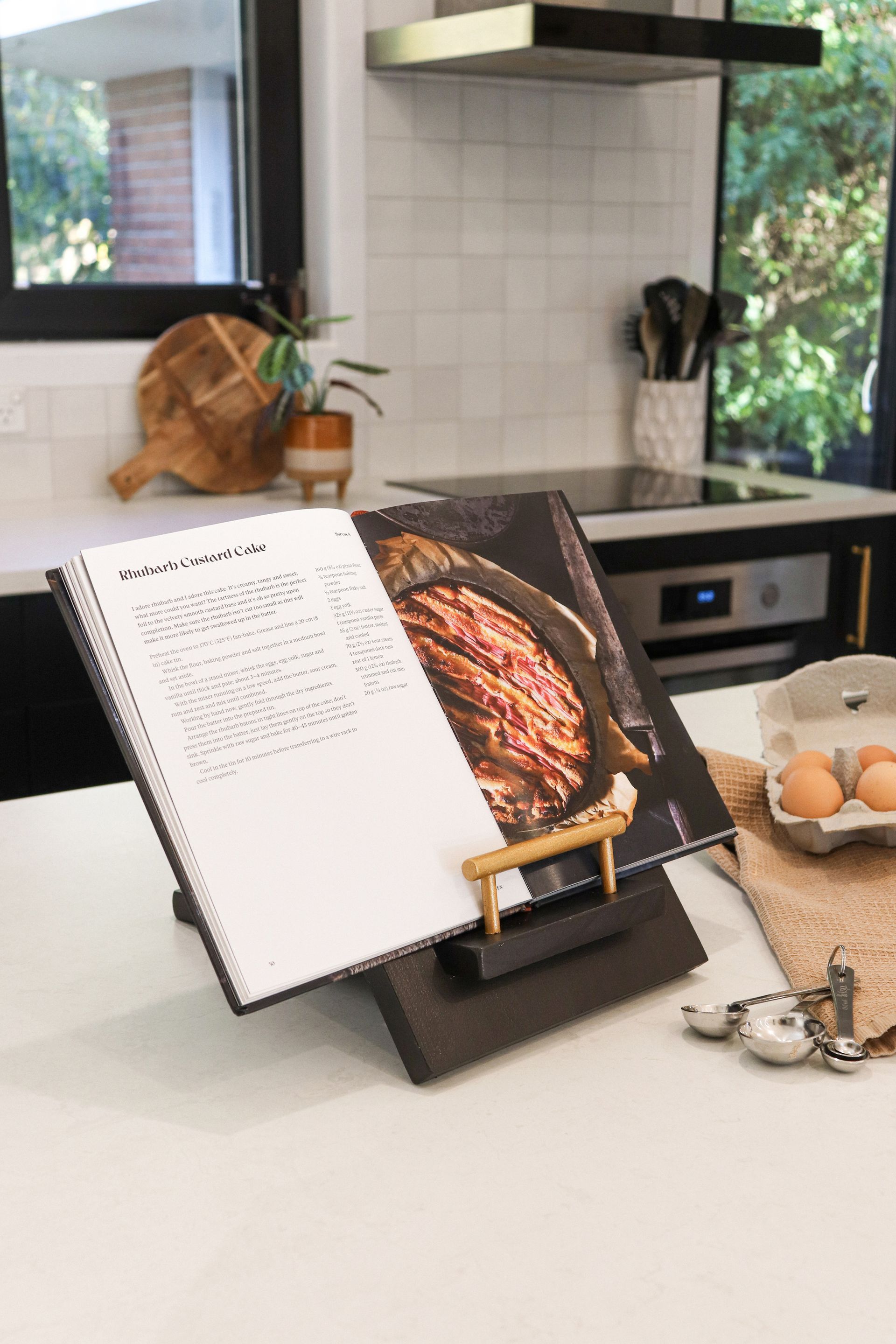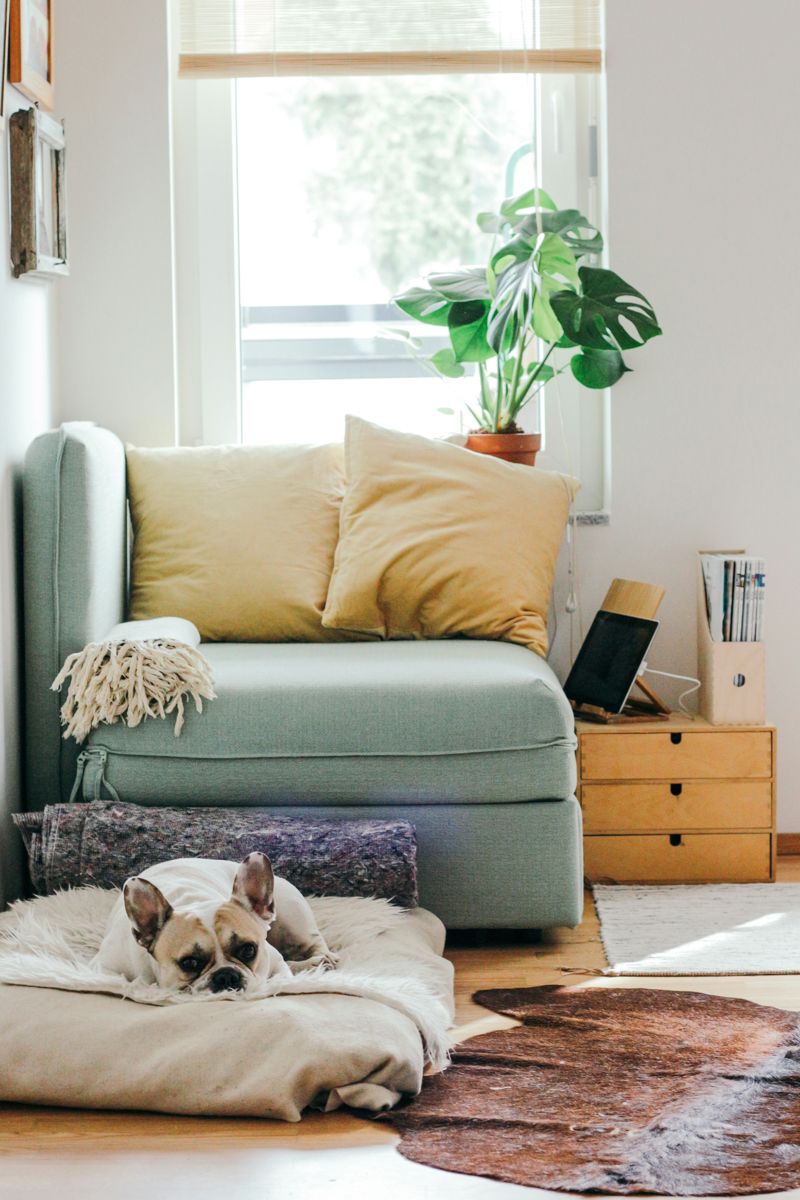A childhood love of horses and ‘divine intervention’ led to Kaiapoi’s Stuart Muir working as a farrier at the world’s foremost equine hospital Rood & Riddle Equine Hospital.
The first time Stuart Muir got a close-up look at the tools of what would become his trade, he nearly panicked. As a horse-loving adolescent growing up just north of Kaiapoi, every other week Stuart would ride his BMX up State Highway 1 to a nearby riding school, having saved up his pocket money for the $10 that meant he could ride all day long.
‘I always had this passion towards horses that drew me to them,’ recalls Stuart as he chats from his current home in Lexington, Kentucky. ‘There was no real instruction. A good day was when you didn’t fall off. I guess I just lived that Kiwi childhood dream where it seemed like the outdoors was always on your doorstep, and things were available and accessible.’
Eventually, Stuart’s parents bought him a pony from the little riding centre. Of course, owning a horse required a greater level of care than riding someone else’s every fortnight. ‘We needed a farrier, so one came out to do my horse’s feet. And I remember the first time he put his tools down I was like, “Woah, no no no no this doesn’t look good, you’re not doing this to my pony.” But he went on about his job and he was such a nice guy, an older gentleman, and we just developed a relationship with him. I’d always watch him really intently, and eventually he was like, “You should give this a try, it’d be a good job for you.”’
That farrier, Clarrie Williams (who was also clerk of the course at Addington Raceway for decades), took off his leather apron chaps and passed them over to 14-year-old Stuart. ‘I was like, “It looks like I’m going to give it a shot,” and I literally picked up the horse’s foot, took the rasp, and took Clarrie’s instruction and trimmed one foot that day.’
It was addictive, says Stuart. ‘I can still see that horse’s foot in my mind.’
Nowadays, Stuart sees lots of horses’ feet, as he works as a world-class farrier at Rood & Riddle Equine Hospital, a sprawling facility that has more than 50 vets and can house 150 horse patients at any time. ‘Kentucky is like the horse capital of the world,’ he says. ‘If you want to submerge yourself in any aspect of equine care, you do it here.’
Talking to Stuart, his passion is clear. From Canterbury beach rides as a kid and repeatedly doing the week-long Central Otago cavalcade in his teens and twenties, to tending to the feet of Mark Todd’s horses, to nowadays providing therapeutic shoeing for some of the world’s most valuable thoroughbreds, much of Stuart’s life has been harnessed to horses and horse care.
‘In Kentucky here you’ve got the breeding side of things with all the foals, you’ve got the racehorses, you’ve got the big high-dollar broodmares and stallions,’ says Stuart. ‘I care for some high-level breeding stallions over here but a lot of my work I’ve really tucked into the therapeutic sport horse line. For me, I really like to keep these horses performing. One of them may have torn a ligament in its leg and if I can positively influence that with horse shoeing, well I’m all in, that’s what I love to do. So, I’m helping the rehabilitation process.’
Stuart’s come a long way from the kid unsure of the farrier’s tools, and the high schooler whose teachers questioned his love for a centuries-old craft they didn’t see as a career. Working at the world’s leading equine hospital, Stuart is on the cutting edge of hoof care. They use bone scans, MRIs and pressure plates, incorporate biomechanics and the study of kinetic energy into diagnosing problems. Stuart uses therapeutic shoeing to heal horses.
Layers of science have elevated a craft that was an offshoot of village blacksmiths, and even until recently was ‘more like an agricultural service’, says Stuart. ‘Now the work I’m doing is more technical, the whole industry has changed exponentially in the last 20 years.’
Stuart has worked on racehorses valued in the tens of millions. He’s a highly regarded specialist who’s been flown to Latin America and the Middle East to shoe horses. ‘When I fly for the hospital it’s really quick,’ he says. ‘I’ll be on the ground for like 18 hours then fly back. I dropped into Saudi Arabia to shoe a horse. It was actually one of the King’s horses.’
Looking back, Stuart says it was ‘probably divine intervention’ that he was given such a great start in the industry – meeting Clarrie Williams as an adolescent, working with him in his school holidays and after he left school, then going on to do his NZQA certification and meeting Brent Jury, another important mentor. Being inspired to go into therapeutic shoeing.
‘Brent really just kind of fine-tuned everything. The basis, the mentality of learning to work hard was there from Clarrie, the good groundwork was done, and Brent just kind of pushed me in the right direction. I was just really fortunate in the way it worked out.’
Later, Stuart worked on high-performance horses in New Zealand. Mark Todd was a top client, as was a leading racing stable. The farrier industry is really interesting and constantly evolving, says Stuart. While he was working on high-level horses in New Zealand, he wanted more scope to figure out the therapeutic work that always interested him. He began attending international conferences, studying obsessively, and evaluating his own workmanship.
Eventually, Stuart moved to Lexington, Kentucky, where he lives now with his Kiwi wife and young daughter. They’re about 90 minutes’ drive from Abraham Lincoln’s birthplace, a similar distance from the first-ever KFC, and only an hour from Churchill Downs, the legendary racecourse which has hosted the annual Kentucky Derby since 1875.
‘You know, there’s one farm here that’s had I think 37 Derby winners. Kentucky is just steeped in the tradition of quality horses, stretching back to Secretariat, Man o’ War, so all these foundational bloodlines of horses are all centred here, from the early 1900s.’
And a kid from Kaiapoi is in amongst it, treating the feet of any horse that needs him.
Recent stories



All Rights Reserved | CountryWide Media




